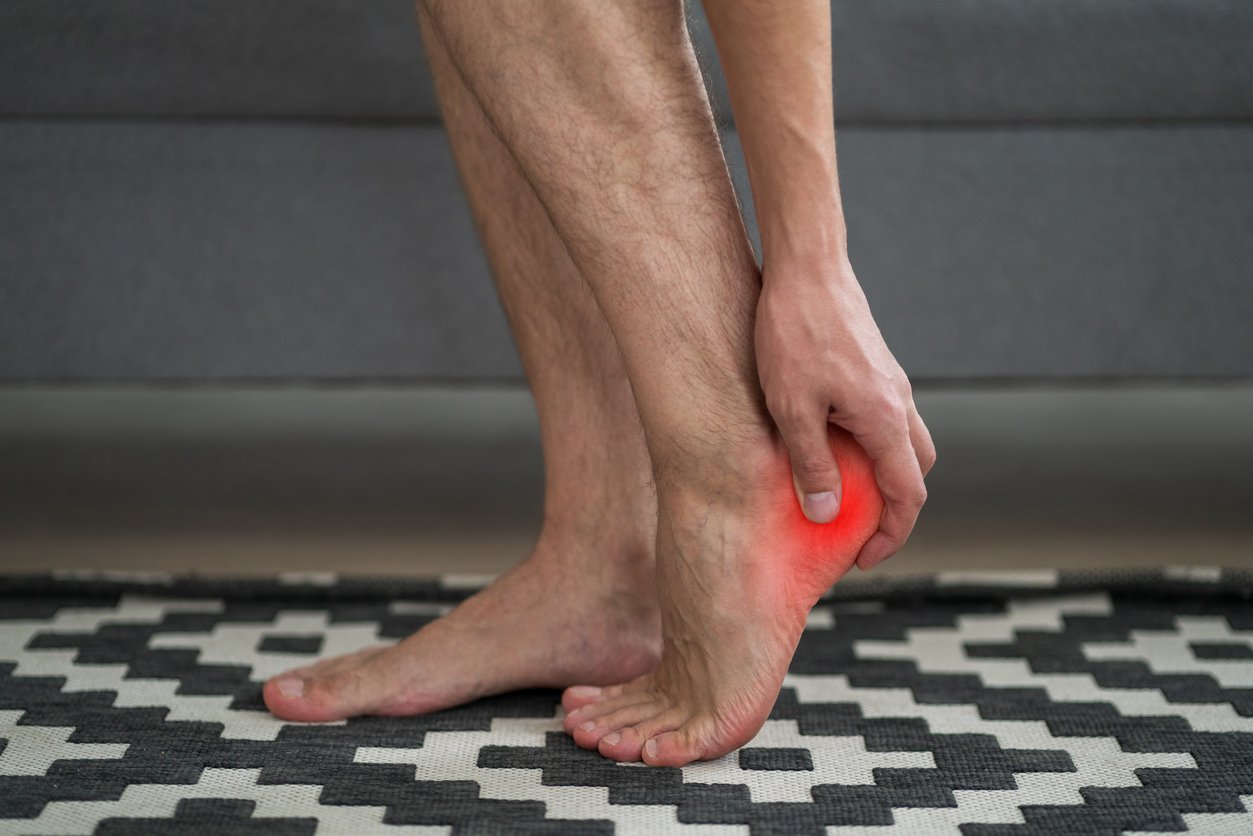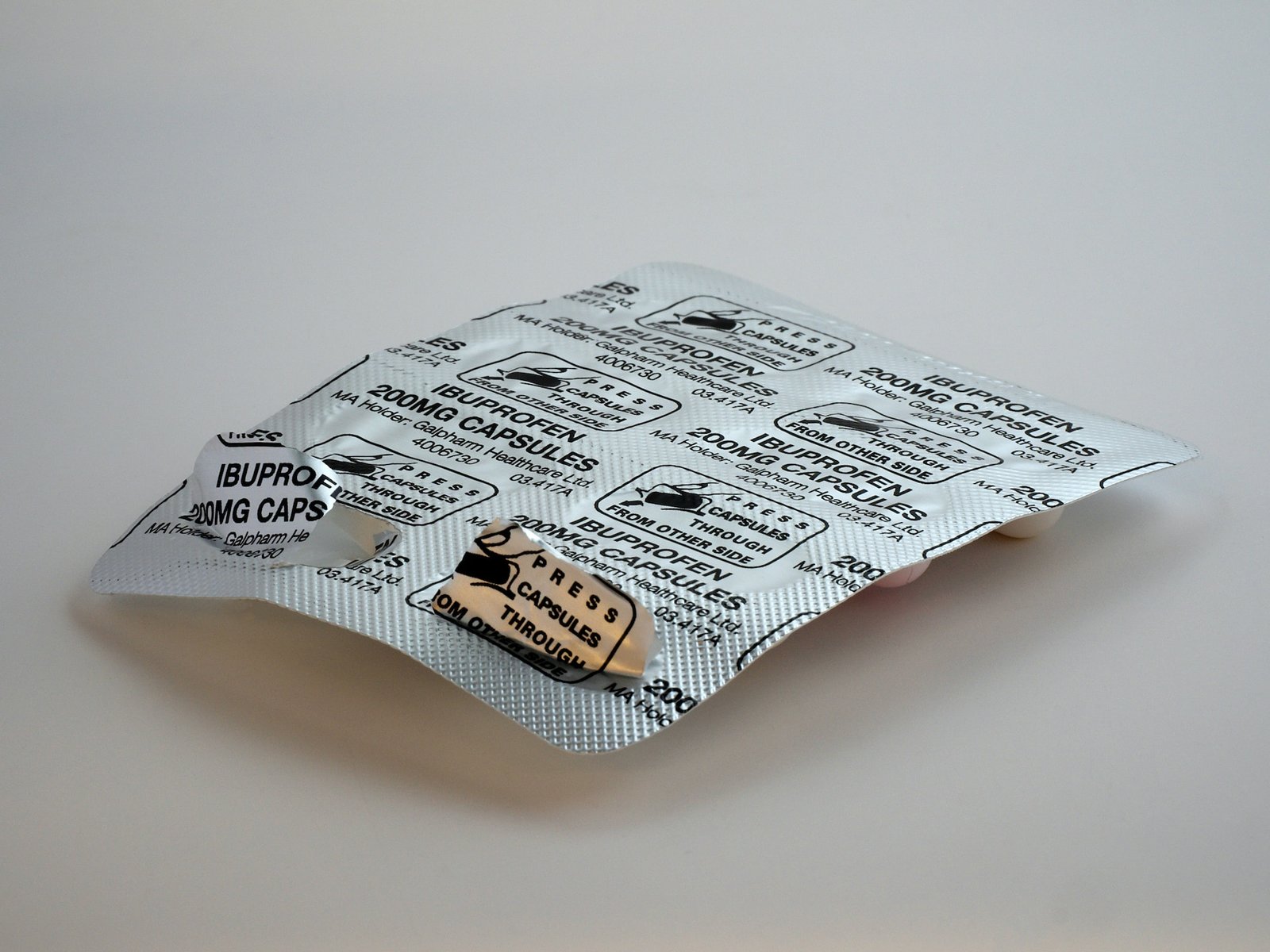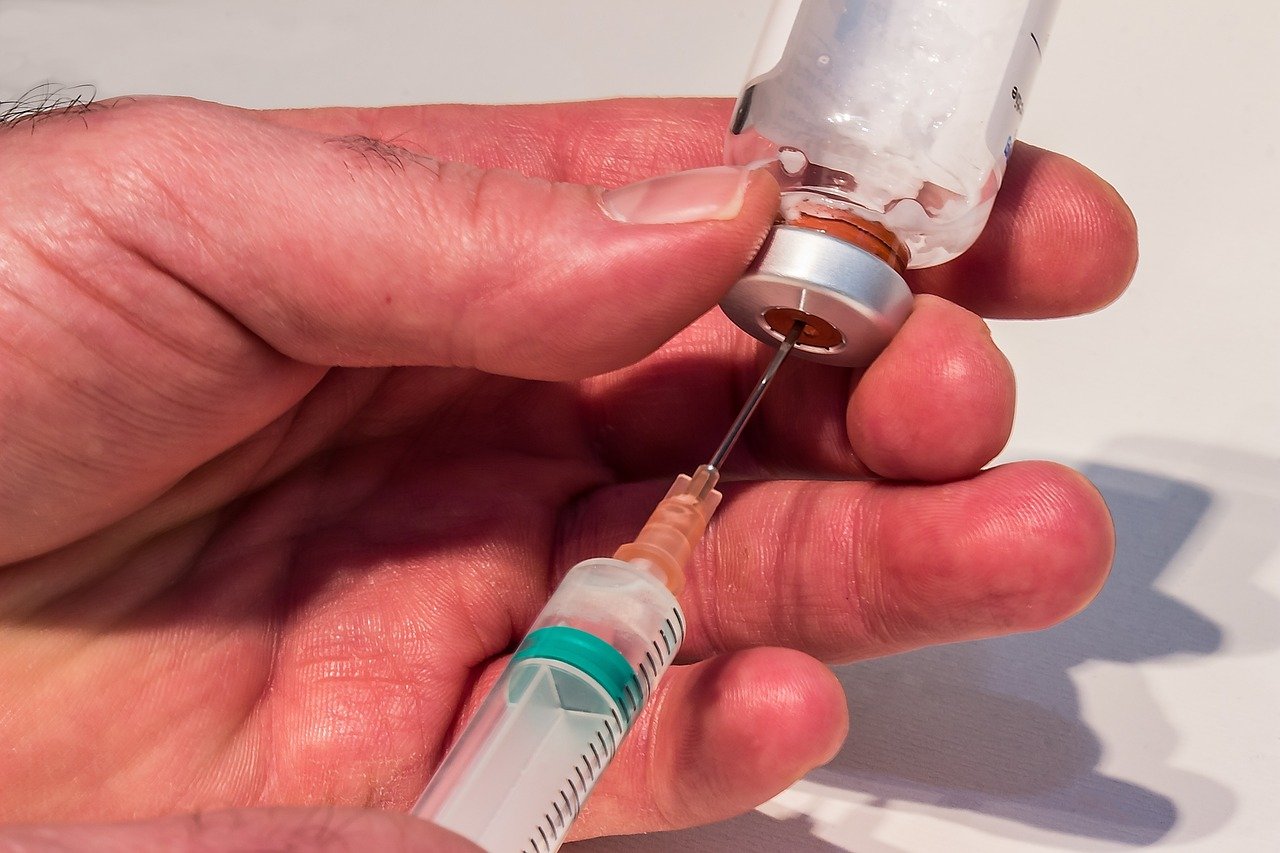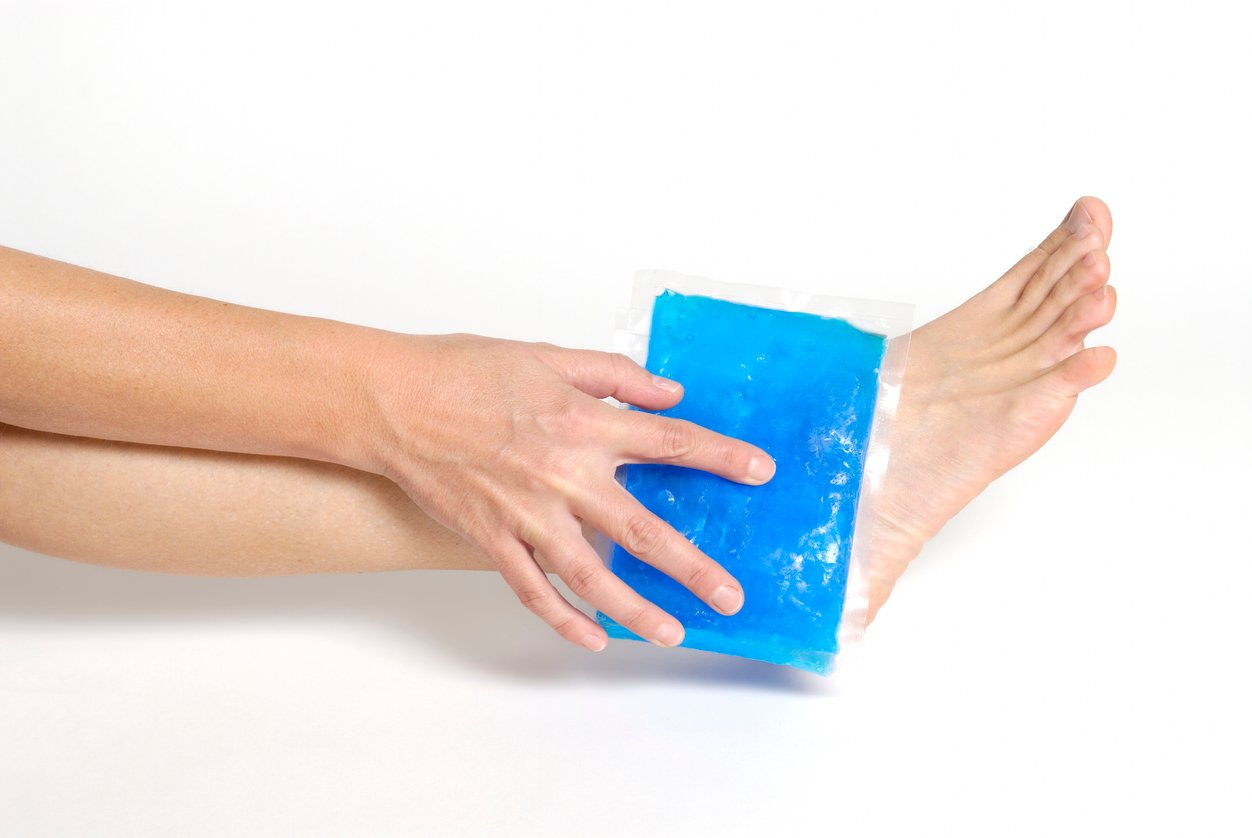In the intricate tapestry of our bodies, the feet are often overlooked heroes, bearing the weight of our daily endeavors. However, for those grappling with the relentless discomfort of plantar fasciitis, each step can be a painful reminder of an invisible adversary. Imagine a life where every footfall isn’t a cause for wincing but a step toward relief. This is where the intriguing realm of a plantar injection enters the scene, offering a beacon of hope for those yearning for respite.
Understanding Plantar Fasciitis
Plantar fasciitis, an inflammation of the plantar fascia, is the root cause of chronic heel pain. The healing process involves effectively managing this inflammation, which can be achieved through various treatment modalities such as shock wave therapy and injection techniques.
Understanding the risk factors and potential complications associated with plantar fasciitis is crucial in addressing this painful heel condition. Furthermore, a systematic review of treatment modalities is essential for clinical practice to ensure optimal patient outcomes.
Research has shown that injection techniques, such as posterior tibial nerve block and saline injection into the plantar fascia, have been effective in providing relief for patients suffering from plantar fasciitis. These findings are supported by randomized controlled trials and research studies, highlighting the efficacy of plantar injections in alleviating the symptoms of plantar fasciitis within a reasonable period of time.

Stepping into Pharmacologic Therapy
NSAIDs play a crucial role in addressing plantar fasciitis, particularly for alleviating pain and managing inflammation. Additionally, corticosteroid injections for this condition involve an ultrasound-guided technique to provide relief from pain and reduce inflammation in the plantar fascia.
These pharmacologic interventions have shown promising results in addressing the painful heel and are often recommended to patients experiencing prolonged discomfort due to plantar fasciitis.
The use of NSAIDs and corticosteroid injections has been extensively studied through randomized controlled trials and clinical research, demonstrating their efficacy in providing relief and improving the period of time that patients experience symptoms.
Furthermore, orthopaedic surgeons and healthcare professionals in the United States widely recognize the benefits of these pharmacologic treatments for plantar fasciitis, as evidenced by numerous studies published in reputable journals such as J Am Podiatr Med.
Role of NSAIDs
NSAIDs, such as ibuprofen, naproxen sodium, and aspirin, play a crucial role in alleviating pain and reducing inflammation in plantar injection therapy. These non-steroidal anti-inflammatory drugs effectively target and diminish swelling in the affected area, providing relief to patients suffering from painful heel conditions. However, it is imperative for individuals to adhere to prescribed dosage instructions and consult their healthcare provider regarding potential side effects before incorporating NSAIDs into their treatment regimen. It’s important to note that while NSAIDs are widely used for pain management, they may not be suitable for everyone. Consequently, individuals are advised to explore alternative options in consultation with their healthcare provider, especially if they have prior conditions that contraindicate the use of NSAIDs.

Corticosteroids and Their Effects
Corticosteroid injections are commonly used to alleviate painful heel conditions, particularly in cases of chronic plantar fasciitis. These injections can lead to rapid pain relief within a short period of time post-injection, aiding in the reduction of inflammation and discomfort. However, it’s crucial to note that there are potential adverse effects associated with corticosteroid injections. These may include skin and subcutaneous fat thinning at the injection site, as well as the possibility of weakened tendons and ligaments with repeated injections.
Patients are advised to have a comprehensive discussion with their healthcare provider to weigh the risks and benefits before opting for this treatment. It’s essential to consider these factors when considering corticosteroid injections for painful heel conditions like plantar fasciitis.
The Rise of Plantar Injection
Over the past few years, plantar injections have garnered increasing attention as a viable option for addressing foot pain. These injections present a targeted approach specifically designed to alleviate painful heel symptoms associated with conditions such as plantar fasciitis. This surge in interest can be attributed to the potential these injections hold in providing effective relief from foot pain. As a result, they have become an integral part of comprehensive treatment plans aimed at managing and resolving issues related to foot pain. With their growing popularity and proven efficacy, plantar injections are steadily making their mark in the field of pain management and orthopedic care.
Types of Plantar Injections
Plantar injections for foot pain relief encompass various types tailored to diverse foot pain conditions. Corticosteroid injections are frequently used to address plantar fasciitis, offering a targeted approach for alleviating painful heel symptoms. Platelet-rich plasma injections have garnered attention for their potential healing properties, presenting an innovative option for treating foot pain. Additionally, botulinum toxin injections are being explored due to their potential muscle-relaxing effects, while autologous blood injections are utilized for their regenerative properties. The diversity of plantar injections reflects the need for specialized treatments to address the complexity of foot pain conditions, demonstrating the evolving landscape of pharmacologic therapy for foot pain.
How Plantar Injections Work
Plantar injections target the affected area, providing localized pain relief. By reducing inflammation in the plantar fascia, these injections ease heel pain and promote tissue healing, aiding in the recovery process. Their ability to alleviate chronic foot pain and improve mobility makes understanding how plantar injections work crucial for informed decision-making.
The effectiveness of plantar injections has been supported by various studies, highlighting their potential in providing relief for painful heel conditions. In the United States, orthopaedic surgeons have increasingly utilized plantar injections, with promising results observed in randomized controlled trials. These injections offer a targeted approach to foot pain, demonstrating potential benefits that extend beyond the period of time immediate to the treatment. The utilization of plantar injections, such as saline injection or posterior tibial nerve block, is backed by evidence from reputable sources like Google Scholar, contributing to the confidence interval in their efficacy for conditions like plantar fasciitis.

Review of Studies and Researches
Clinical research and systematic reviews have consistently demonstrated the positive impact of plantar injections in managing painful heel conditions. Studies have shown that plantar injections, such as posterior tibial nerve block, can effectively alleviate heel pain over a period of time. Research findings from randomized controlled trials in the United States support the efficacy of plantar injections in providing relief for conditions like plantar fasciitis and painful heel.
These evidence-based studies, published in reputable journals like J Am Podiatr Med, contribute to the comprehensive understanding of plantar injection therapy and its role in pain management. The confidence interval established by these studies underscores the reliability of the findings, making plantar injections a promising option for individuals seeking non-invasive treatment for foot pain.

Risks and Side Effects of Plantar Injections
It’s crucial to have an understanding of the potential risks associated with plantar injections, as this knowledge plays a significant role in informed decision-making. Plantar injections may carry certain side effects that need to be carefully considered before undergoing the procedure.
Patient safety remains paramount, making it important to be aware of the possible risks and side effects associated with plantar injections. It’s essential for individuals to be knowledgeable about the risks and side effects to make well-informed decisions regarding their foot health. By being aware of the potential side effects, patients can work together with their healthcare providers to mitigate any associated risks and ensure a successful outcome.
What Could Go Wrong?
Potential risks associated with plantar injections include complications like infection or nerve damage. Adverse effects such as fat pad atrophy and plantar fascia rupture should also be considered. Understanding these possible complications is crucial for individuals considering plantar injection therapy to make informed decisions.
How to Mitigate the Risks
When administering plantar injections, it is crucial to carefully consider the injection technique to mitigate potential risks. Healthcare professionals can enhance precision and safety by employing ultrasound guidance during the procedure. Proper administration of plantar injections plays a significant role in reducing the likelihood of adverse events, making it essential for healthcare providers to adhere to established protocols.
Understanding various risk mitigation strategies is paramount for ensuring the safe and effective use of plantar injections. Implementing measures to mitigate risks contributes to the overall success and safety of the procedure. By integrating these strategies into clinical practice, healthcare professionals can optimize patient outcomes and minimize the potential for complications.
Traditional Treatments for Plantar Fasciitis
Traditional treatments for plantar fasciitis encompass various strategies to alleviate foot pain. In the short term, icing and rest are fundamental for managing the discomfort associated with plantar fasciitis. Additionally, physical therapy is aimed at addressing chronic plantar fasciitis, foot pain, and improving foot function. This therapy plays a crucial role in the comprehensive management of plantar fasciitis. Moreover, orthotic devices are pivotal in providing support and cushioning, which can effectively alleviate plantar heel pain. NLP terms incorporated: painful heel, united states, randomized controlled trial, orthopaedic surgeons, saline injection.

Icing and Rest
The application of an ice pack for plantar fasciitis has been found to result in significant improvements in reducing foot pain. It is crucial to allow the foot to rest as it plays a vital role in the healing process of plantar fasciitis, particularly over an extended period of time. Studies involving a placebo group in ice pack treatments have demonstrated a significant variance in pain reduction.
Additionally, further research is required to investigate the risk of fat pad atrophy associated with ice pack treatment for plantar fasciitis. Furthermore, it is important to consider the potential complications and success rates associated with extracorporeal shock wave therapy for plantar fasciitis, emphasizing the need for comprehensive understanding and preventive measures.
Physical Therapy
Physical therapy plays a crucial role in addressing foot pain and chronic plantar fasciitis. Shock wave therapy has shown significant improvement in providing relief from chronic pain associated with plantar fasciitis. Additionally, foot orthoses have proven to be effective in the treatment of plantar fasciitis, particularly for chronic heel pain. However, it is important to consider the impact of pes cavus and pes planus conditions on the success rate of physical therapy for plantar fasciitis.
Further research and clinical practice are required to establish outcome measures for physical therapy and to explore the effectiveness of botulinum toxin injection for plantar fasciitis. The mean difference outcome measure for botulinum toxin injection necessitates additional research to enhance clinical practice and patient outcomes.
Orthotic Devices
Plantar fasciitis patients often seek foot orthoses for relief from painful heel symptoms and plantar heel pain. However, the use of foot orthoses may present complications related to the Achilles tendon, warranting further research in this area. Additionally, while blood injection therapy offers potential relief, it also carries the risk of certain complications. Moreover, the corticosteroid injection technique aims at improving foot function and alleviating pain associated with plantar fasciitis. Nevertheless, the role of foot orthoses in the treatment of chronic plantar fasciitis necessitates continuous research and refinement in clinical practice.

Comparing Plantar Injection with Other Treatment Modalities
Evaluating the use of plantar injections in comparison to other treatment modalities offers valuable insights for individuals seeking relief from painful heel conditions. Understanding how plantar injections measure up against alternative therapies is essential for making informed decisions about treatment options. Comparing the benefits and drawbacks of plantar injections with other modalities aids in assessing the most suitable approach for addressing foot pain.
Thus, this exploration of differences between plantar injections and alternative treatments provides a comprehensive view, enabling patients and healthcare providers to weigh the options effectively. Additionally, considering randomized controlled trials and confidence intervals can contribute to a deeper understanding of the efficacy of plantar injections as compared to other treatment modalities.
Are Plantar Injections the Right Choice for You?
Considering plantar injections for plantar heel pain? These injections can offer short-term relief. Steroid injections are commonly used for plantar fasciitis treatment. To ensure effectiveness, the injection technique must consider the thickness of the plantar fascia. Ultrasound guidance can provide precision for cortisone injections. In some cases, physical therapy may be required for long-term relief.
Preparing for the Procedure: What to Expect
Before the plantar injection procedure, the physician will explain the potential benefits and risks to you. Secondly, the physician will explore what medications you currently take if any and you may be required to stop taking the medication prior to the procedure. Thirdly, the injection site will be sterilized and numbed using a local anesthetic. Finally, the medication will be administered into the affected area. Post-procedure, some discomfort or swelling may occur, but these symptoms should alleviate within a few days.
It’s essential to consider the possible outcomes and follow pre-procedure guidelines for a seamless experience.
Recovery and Aftercare Tips for Optimal Results
Following your plantar injection procedure, it is crucial to adhere to the post-procedure instructions provided by your healthcare provider for a smooth recovery. To minimize discomfort and swelling, it is advisable to avoid applying pressure on the affected foot during the initial period after the injection.
Additionally, applying ice to the affected area will help in reducing swelling and discomfort. It’s important to take any prescribed pain medication as directed by your healthcare provider. Attending follow-up appointments is essential to monitor your progress and ensure optimal healing. Furthermore, incorporating stretching and strengthening exercises into your recovery plan can play a vital role in preventing future foot pain.

What are the potential side effects or risks associated with plantar injections?
Potential side effects of plantar injections may include pain, swelling, redness, or infection at the injection site. There are rare cases of nerve damage or tendon rupture that have also been reported. Patients with underlying health conditions, such as diabetes, may be at a higher risk for complications. It is important to discuss the potential risks and benefits of plantar injections with a healthcare professional.
How long does it typically take for a patient to experience relief after receiving a plantar injection?
The timing of pain relief after a plantar injection can vary among patients. While some may experience immediate relief, others may take a few hours or even a few days. It is normal to feel some discomfort or soreness at the injection site for a few days post-injection. Following post-injection instructions from the doctor is crucial for optimal results.

Conclusion – Plantar Injection
In the labyrinth of plantar fasciitis, where each step can feel like an uphill battle, plantar injections emerge as a beacon of hope. The benefits are palpable, the recovery journey transformative, and the application nuanced. As we tread the path toward healing, Theheelgp.com serves as a steadfast ally, providing a roadmap through treatment options.
In conclusion, consider this: Could plantar injections be the key to unlocking a pain-free future for those battling with plantar fasciitis? As the medical landscape evolves, the answer may very well lie in the innovative solutions that plantar injections offer. Theheelgp.com stands ready to guide, support, and inspire individuals on their quest for relief.
I hope you found this blog helpful and please feel free to comment and share.
Thanks for reading!
 | Tracy J. Founder, The heel GP |
